The greeting is exchanged often, day and night, even between strangers passing each other on the road.
There is a wide variety: the more adventurous visitor can easily island-hop or set off on a hike in the mountains, while couples looking for a bit of R&R are spoiled for choice when it comes to luxury resorts.
Those looking for a quick, soft landing might consider Denarau, a man-made island near the airport containing resorts, restaurants and entertainment venues.
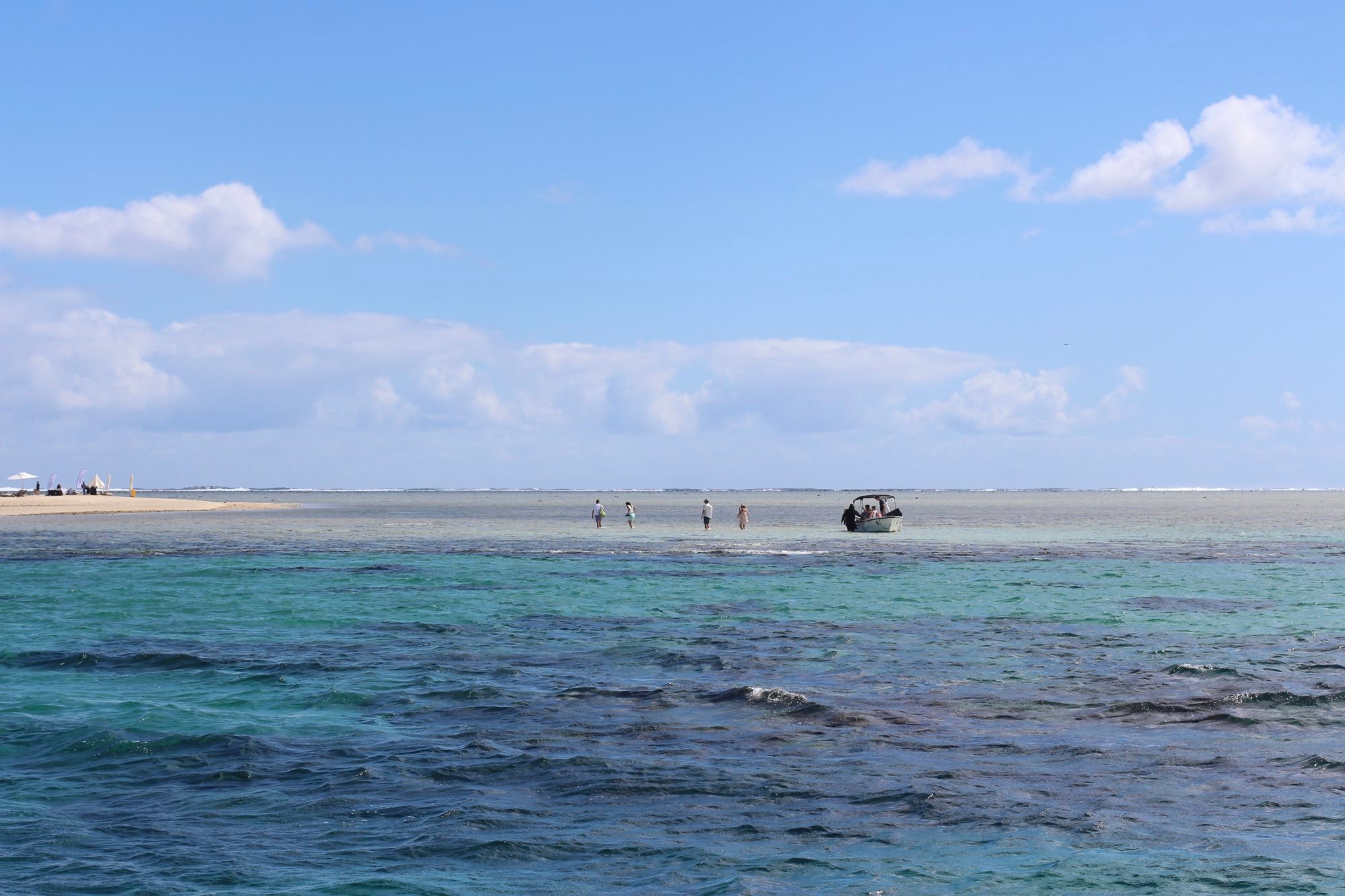
If going to Fiji for the beaches and water sports, and not for a family holiday where accessibility and child-friendly activities are priorities, you are better off taking a ferry or seaplane to one of Fiji’s outer islands, or even just driving down the coast.
For novice scuba divers, the easily accessible Mamanuca and Yasawa islands hold the promise of colourful coral reefs, sea turtles and schools of fish.
Fiji’s crystal-clear waters lend themselves exceptionally well to water sports; everything from kayaking and stand-up paddle boarding (even if it can get windy during the colder months) to snorkelling, scuba diving and surfing. The Mamanuca Islands’ Cloudbreak reef break has what are considered some of the best waves in the world.
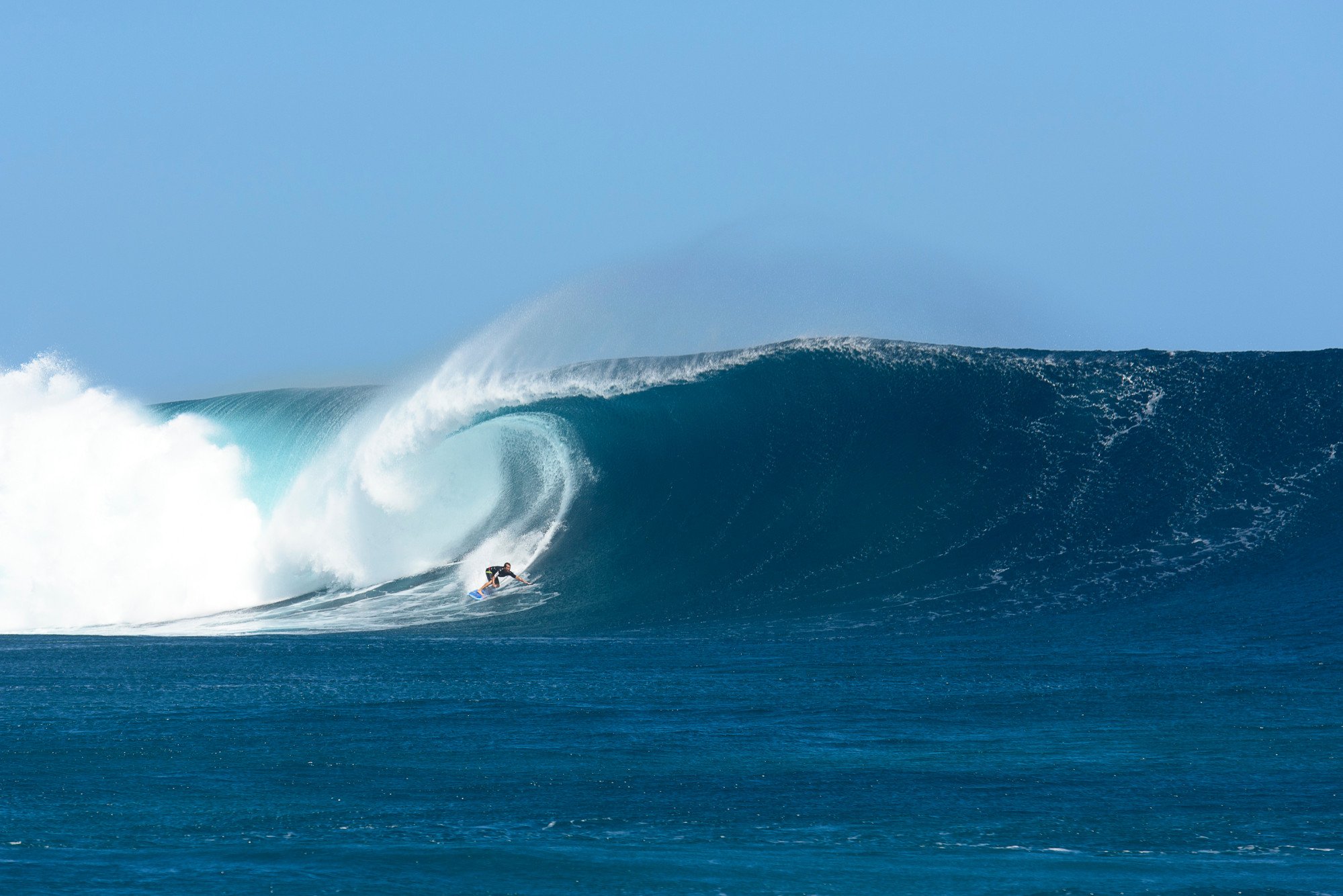
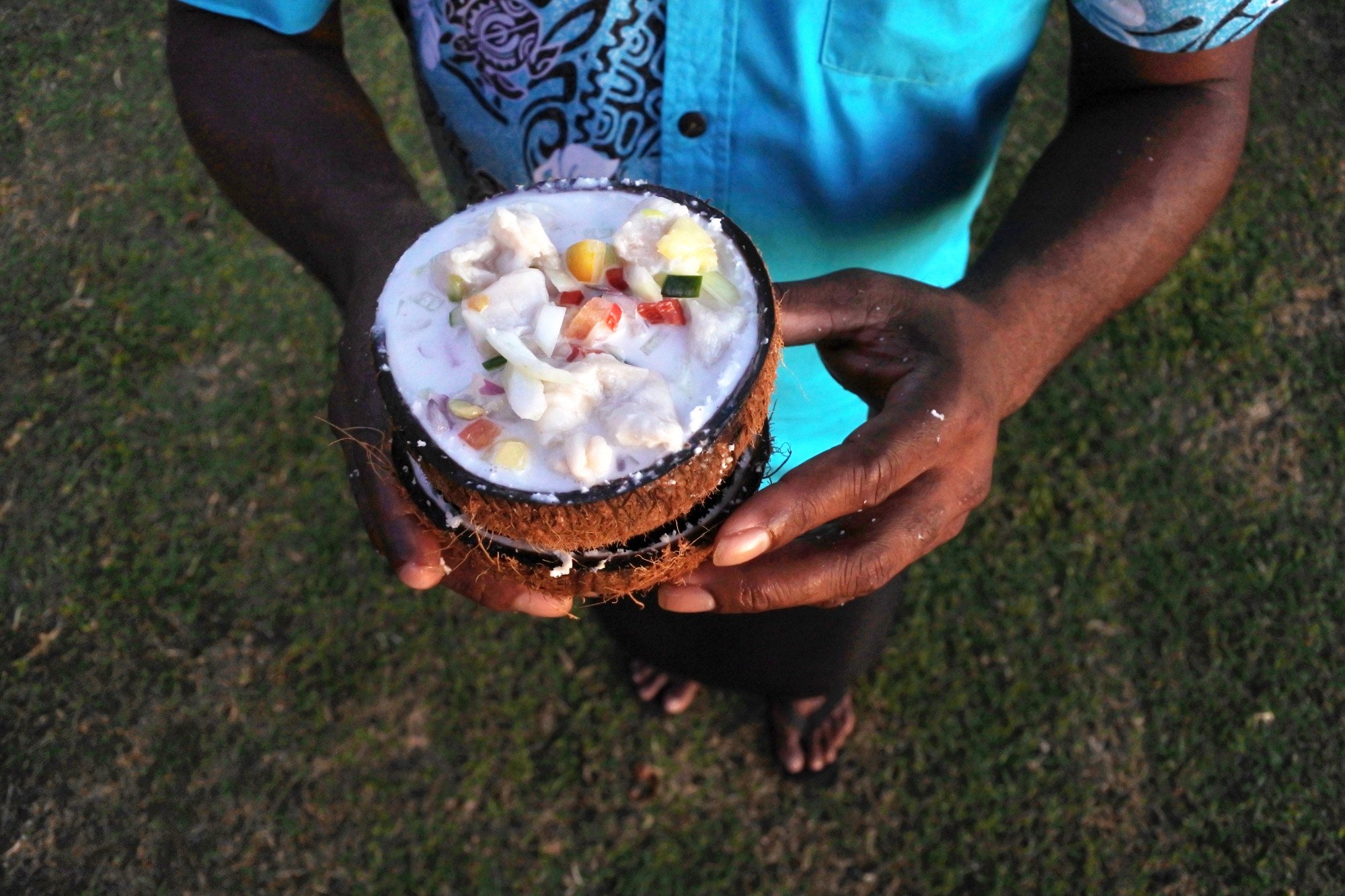
On the culinary front, signature Fijian dishes include kokoda, which consists of raw fish cured with lime juice and served with coconut milk.
Coconuts are abundant throughout the archipelago; locals can teach you how to use the leaves to make accessories and squeeze milk out from the meat. Root vegetables such as cassava and taro (known in Fiji as dalo) are also frequently used in Fijian dishes.
For more extravagant meals and special occasions, Fijians prepare a lovo, essentially an underground for which wrapped marinated meats are placed over hot coals in a pit. Once covered, the meat slow-cooks until it is tender and full of smoky flavour.
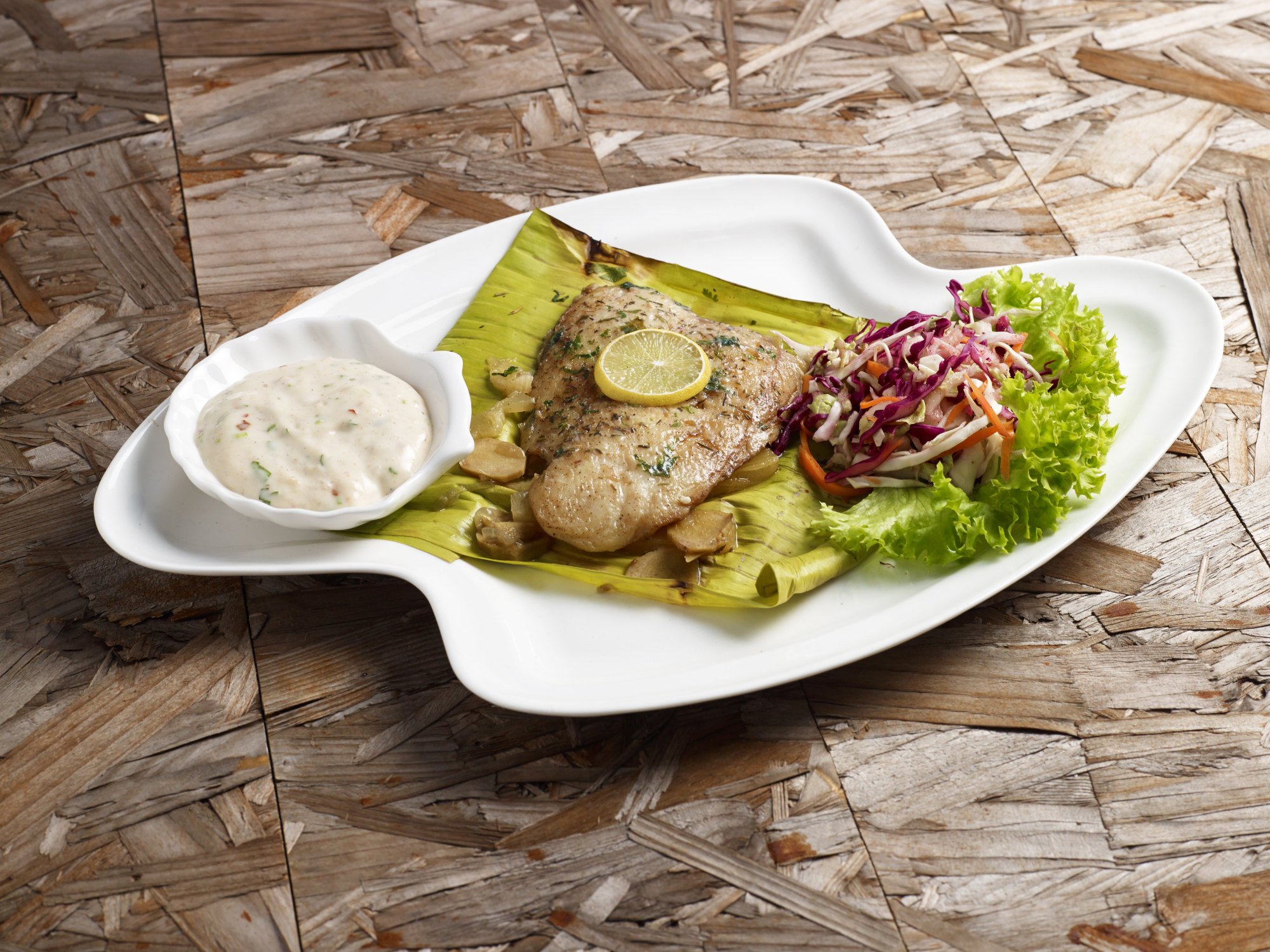
Perhaps even more ubiquitous than coconuts in Fiji is kava, the national drink typically served during a ceremony. Nonalcoholic but mildly sedative – the more you drink, the sleepier you’ll get – this earthy liquid, often described as “muddy”, is made by crushing the root of the kava plant and mixing the resulting powder with water.
Visitors participate in kava ceremonies as part of a welcome into a traditional Fijian village, but before that, you should remember to present the chief with a kava root as a sign of respect.
Though performative, a visit to a traditional village allows visitors to gain a glimpse into the lives of indigenous Fijians, more than half of whom are Christian.
At Tau Village, near Momi Bay, for example, chickens and dogs run free around the village and its church, which stands in the middle of the houses. Birthdays and other occasions are celebrated with a village-wide feast, and guests are greeted by adults and children with welcome and goodbye songs.
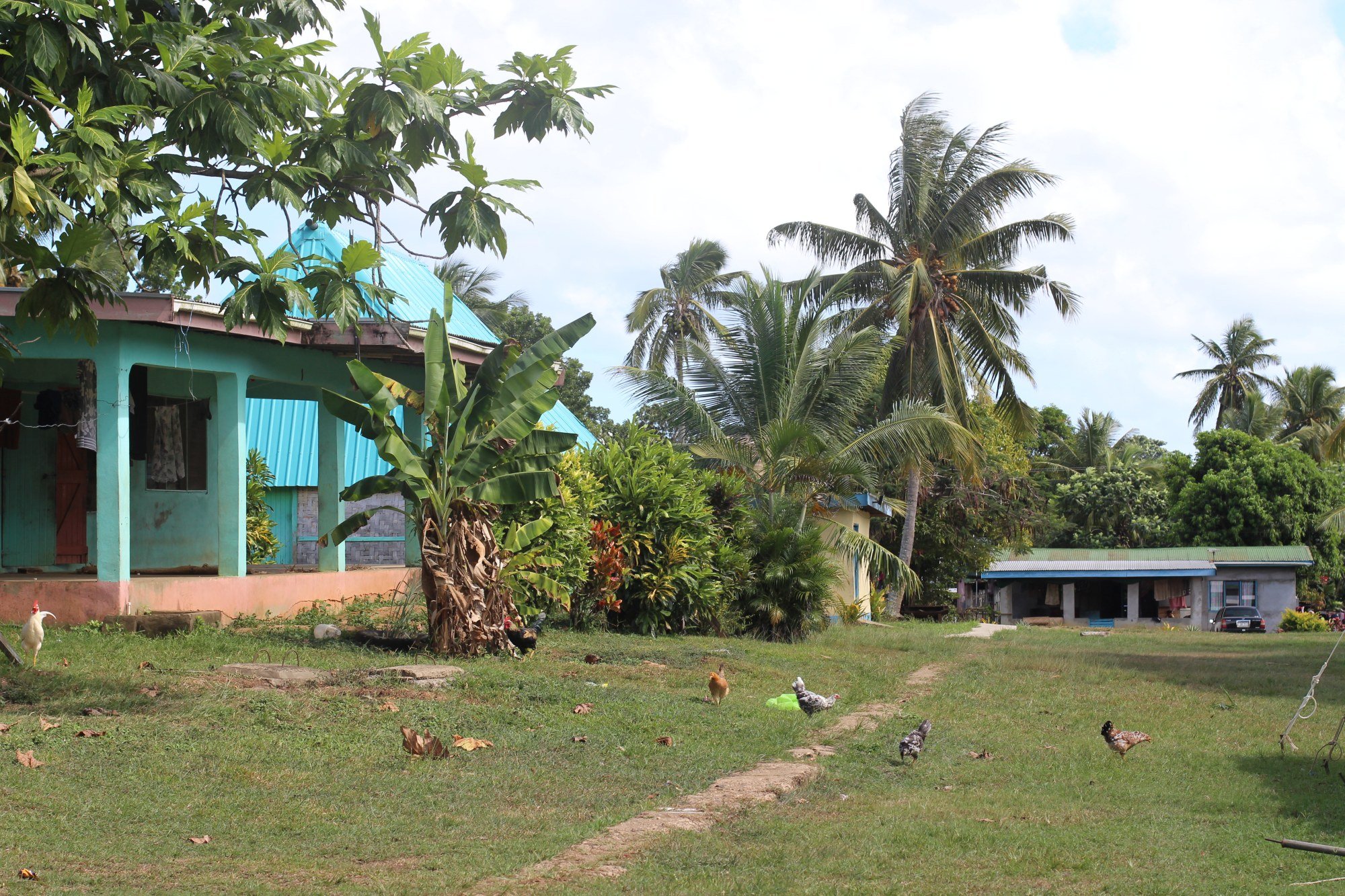
Downsides to Fiji
Part of Fiji’s appeal is its remoteness, but that means getting there can be difficult for tourists coming from anywhere other than Australia or New Zealand.
Visitors from the United States are the third largest tourist group in Fiji, though many Americans favour travelling domestically, to Hawaii, instead of flying the few extra hours necessary to reach Nadi.
Fiji is an even harder sell to those from Asia, who tend to prefer more affordable and accessible destinations such as Thailand or Indonesia.
Google Flights is no help in Tourism Fiji’s struggle to attract Asian tourists. A random search might show flights from Hong Kong to Fiji going for upwards of HK$20,000 (US$2,600), with two stops in a 20-plus hour journey, depending on a traveller’s destination island.
However, if you plug in the right dates, it is possible to get from Hong Kong to Nadi for just over HK$6,000 on a 10-hour nonstop flight.
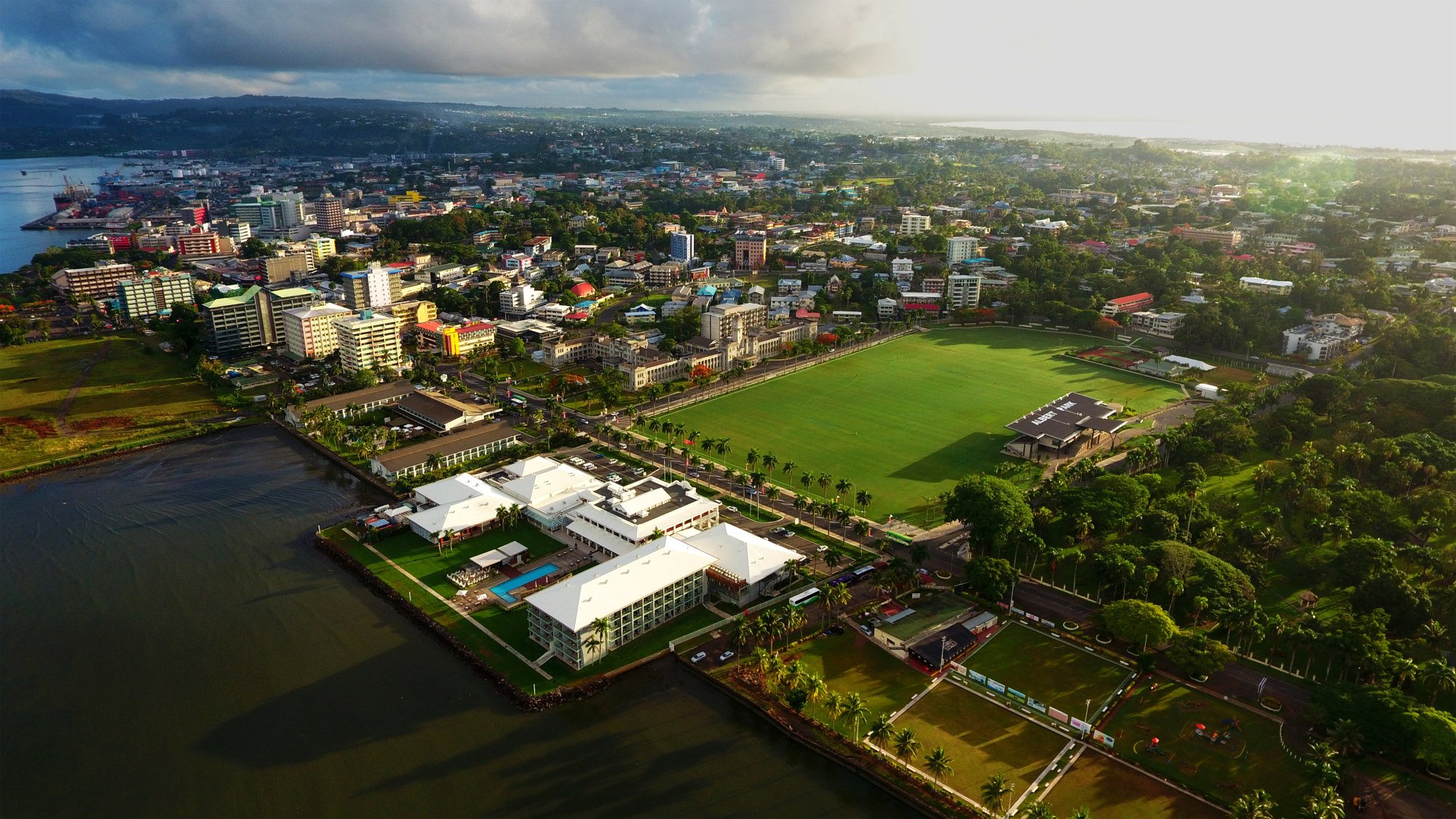
Once in Fiji, public transport can be difficult to come by, as buses mainly run only on the larger islands. You can take a ferry to the outer islands from Denarau, but for trips to and from the airport, and even around the main island, your best bet is to arrange a private car in advance.
Staying on convenient Denarau may make the journey to your Fijian base slightly shorter, but it’s worth bearing in mind that mangrove swamps were cleared to facilitate the construction of its golf course and marina, and the water along the island’s coastline is murkier than elsewhere in the archipelago.
Fiji is reeling from a host of social issues, including racial tensions between indigenous Fijians and Indo-Fijians, whose ancestors were brought to the islands as indentured labourers by the British in the 19th century, when the nation was a crown colony.
Occasionally, differences between the two groups – economic, sociocultural, religious and land-related – boil over, resulting in four military coups, the last of which was in 2006.
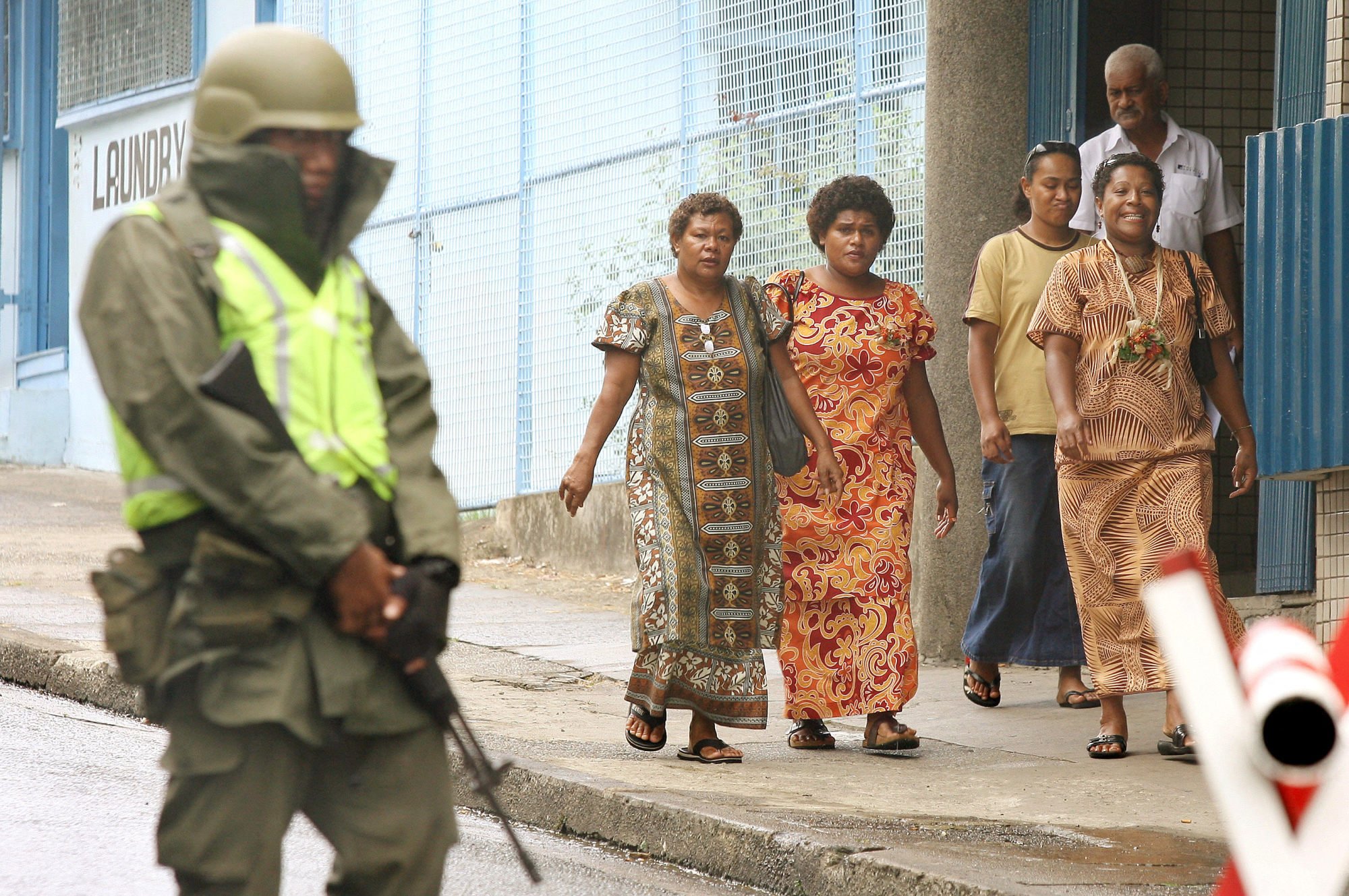
A cloudy future
In 2016, Cyclone Winston – one of the most intense tropical cyclones ever recorded in the southern hemisphere – wreaked havoc on the archipelago, leaving 44 people dead and 45,000 displaced. Around 40 per cent of the entire Fijian population of 840,000 was affected by the storm, and 40,000 homes were damaged or destroyed.
Climate scientists warn that these storms will become more destructive as the planet warms.
Rising sea levels and coastal erosion caused by climate change also threaten several of Fiji’s largest industries, including agriculture.
Fiji has experienced a major decline in sugar cane production in recent years, with the area under cultivation falling from 5,078 hectares (19.6 square miles) in 2018 to 1,562 hectares in 2022, partly because of climate hazards such as flooding, droughts and tropical cyclones.







